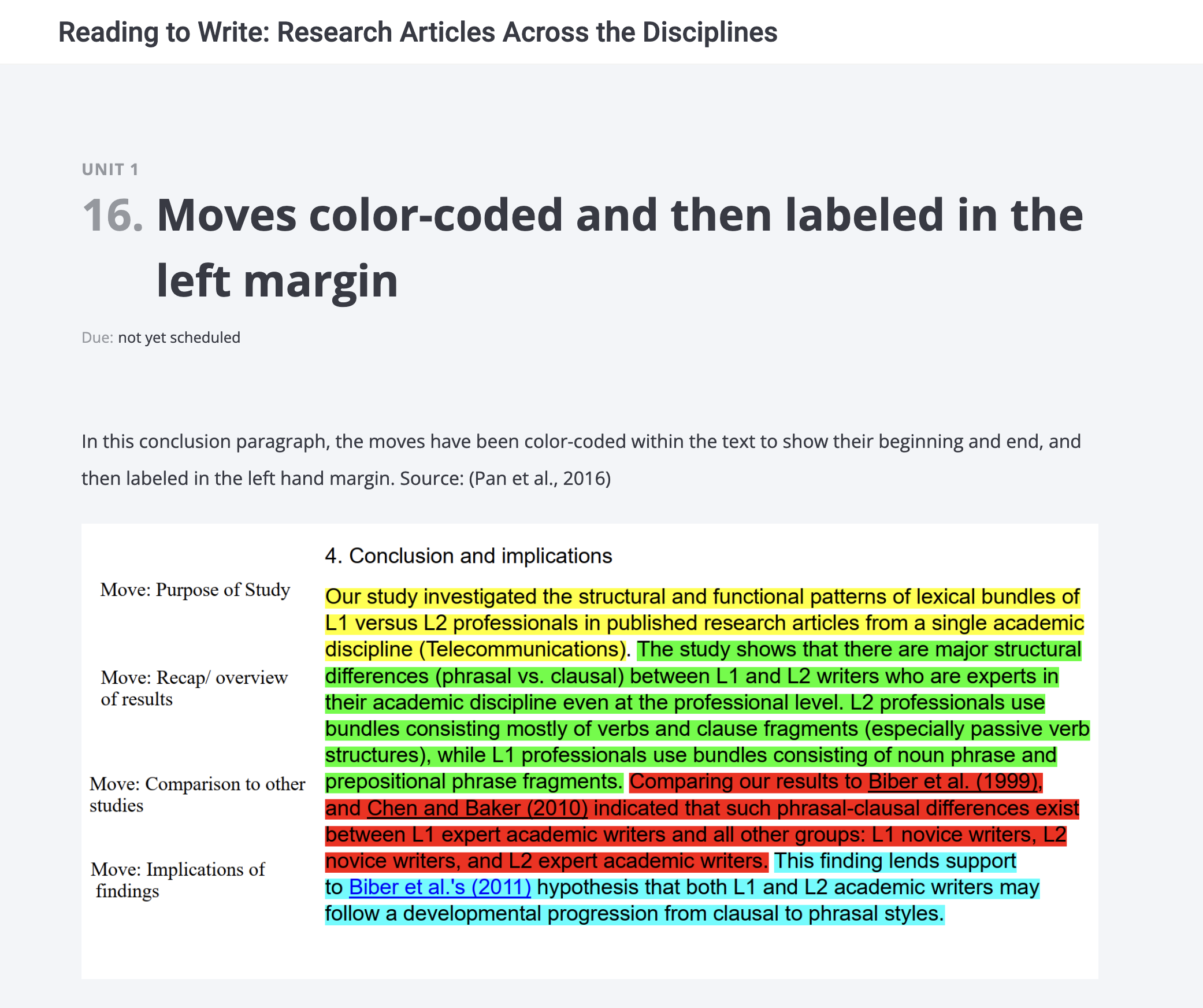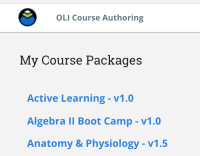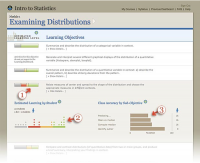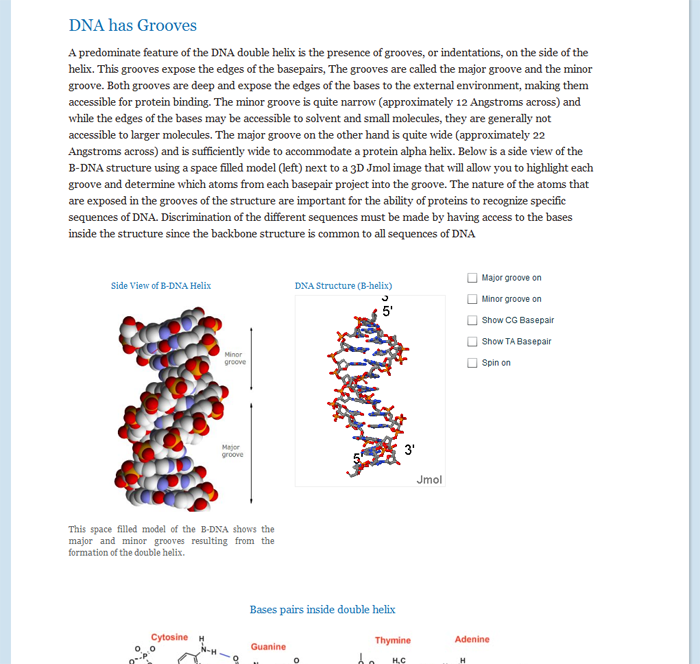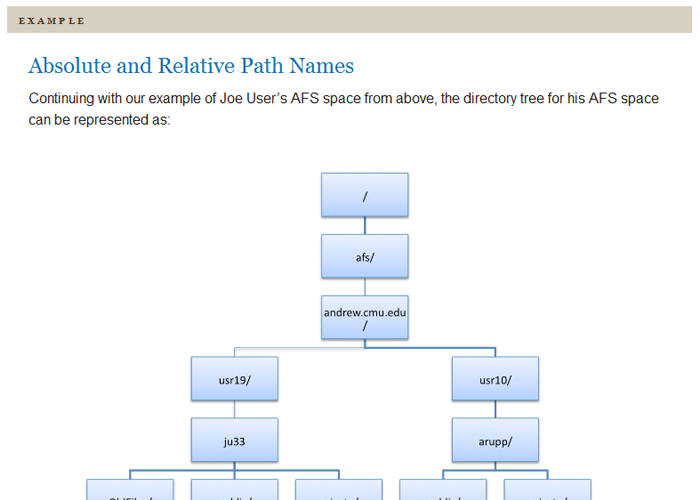This course is designed for self-study or classroom use. Click the button below to access the course or email oli-help@cmu.edu to learn more about using these materials with your students.
Reading to Write: Research Articles Across the Disciplines
- Description
- What learners will learn
- Learning objectives by module
- Course assessments, activities, and outline
- Other course details
- System requirements
- Included instructor tools
Description
This course is designed to teach graduate students and highly motivated undergraduate students how to read and analyze research articles in their disciplines. It does this by first asking students to locate articles in journals they wish to publish in. Then it teaches a form of analysis where the article is broken into sections (i.e., Introduction, Methods, Results, and Discussion) and into smaller segments (e.g., research questions) so that each piece can be examined for the type of information it provides, and the grammar and word choices that it uses to convey that information. Exercises ask students to work through the articles they have selected so that they learn the current practices of the journals they respect.
What learners will learn
By the time they finish this course, learners will learn or be able to:
- Read a research article in their discipline effectively.
- Deconstruct a research article in their preferred journal.
- Recognize and label the individual segments that are used to construct a research article.
- Understand the grammatical, lexical, and citation choices made by research article authors.
- Make discipline and journal appropriate choices regarding the writing of their own research articles.
Learning objectives by module
Unit 1: Introduction to the Course and Important Concepts
- Select discipline specific research articles for analysis.
- Understand that research articles are changing genres and that a range of organizational patterns can be used to construct them.
- Understand important terms related to the course including:
- “Move” Analysis- breaking a text in is component parts, examine them for content, and label them.
- Genre Analysis- looking at the context in which the text was created as well as the grammatical and lexical choices within the moves.
-
- Understand the importance of formulaic research expressions and grammatical choices related to verb tenses and voice within research articles.
Unit 2: Titles and Abstracts
- Understand the criteria for effective research article titles.
- Conduct move analysis on research article abstracts.
Unit 3: Introductions (and Literature Reviews)
- Locate and recognize various introductory sections within research articles.
- Conduct move analysis on introductory sections.
- Examine the use of citation within introductory sections.
- Examine grammatical and lexical choices made by article authors in introductory sections.
- Recognize the formulaic expressions used in introductory sections.
Unit 4: Methods (and Materials)
- Recognize methods sections within research articles.
- Conduct move analysis on methods sections.
- Examine the grammatical and lexical choices made by article authors in methods sections.
- Recognize the formulaic expressions used in methods sections.
Unit 5: Results or Findings
- Recognize results sections within research articles.
- Conduct move analysis on results sections.
- Examine the grammatical and lexical choices made by article authors in results sections.
- Recognize the formulaic expressions used in results sections.
Unit 6: Discussions and/ or Conclusions
- Locate and recognize discussion and conclusion sections within research articles.
- Conduct move analysis on discussion and conclusion sections.
- Examine the grammatical and lexical choices made by article authors in conclusion and discussion sections.
- Recognize the formulaic expressions used within the discussion and conclusion sections.
Unit 7: Hybrid Sections (Methods-Results and Results-Discussion)
- Recognize hybrid sections within research articles.
- Conduct move analysis on hybrid sections.
Unit 8: Auxiliary Elements (Acknowledgements, Highlights, etc.)
- Investigate the different auxiliary elements of research articles, their location within the article, and the information they contain.
- Locate information about citation practices and other information for authors who wish to publish in a particular journal.
Unit 9: Final Recommendations: Moving Forward
- Understand that all texts can be deconstructed using move and genre analysis.
- Understand that other academic genres share some moves with research articles.
Course assessments, activities, and outline
This course is ungraded unless an instructor chooses to collect and grade assignments.
Activities include short readings, analysis/ dissection of research articles in a chosen discipline, website exercises, and a database search. Students will examine articles for sections, moves (i.e., small segments of text), grammatical choices regarding verb tense and voice, vocabulary / fixed research phrase use, and citation practices.
Outline of Modules
Unit 1: Introduction to the Course and Important Concepts
Unit 2: Titles and Abstracts
Unit 3: Introductions (and Literature Reviews)
Unit 4: Methods (and Materials)
Unit 5: Results or Findings
Unit 6: Discussions and/ or Conclusions
Unit 7: Hybrid Sections (Methods-Results and Results-Discussion)
Unit 8: Auxiliary Elements (Acknowledgements, Highlights, etc.)
Unit 9: Final Recommendations: Moving Forward
Other course details
System requirements
OLI system requirements, regardless of course:
- internet access
- an operating system that supports the latest browser update
- the latest browser update (Chrome recommended; Firefox, Safari supported; Edge and Internet Explorer are supported but not recommended)
- pop-ups enabled
- cookies enabled
Some courses include exercises with exceptions to these requirements, such as technology that cannot be used on mobile devices.
This course’s system requirements:
- If the learner is working with an instructor in a distance-learning situation, chat environment and videoconferencing software.
Included instructor tools
Instructors who teach with OLI courses benefit from a suite of free tools, technologies, and pedagogical approaches. Together they equip teachers with insights into real-time student learning states; they provide more effective instruction in less time; and they’ve been proven to boost student success.

